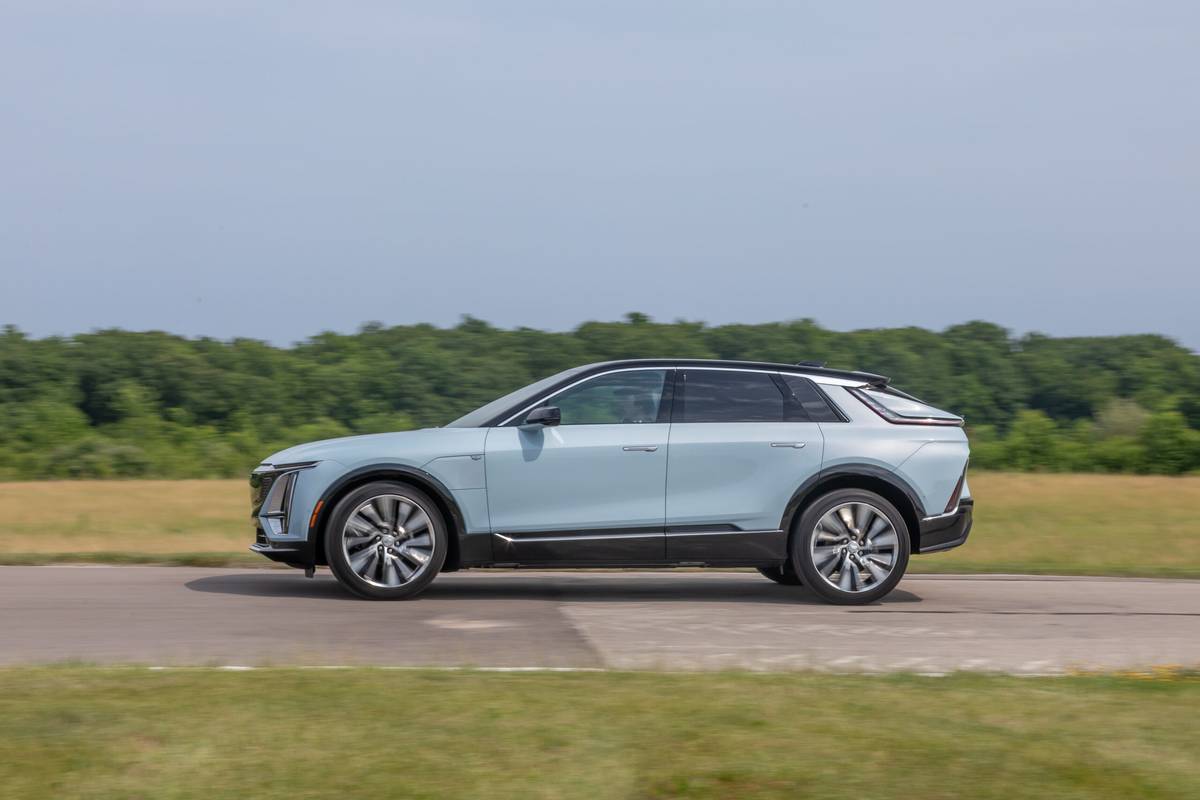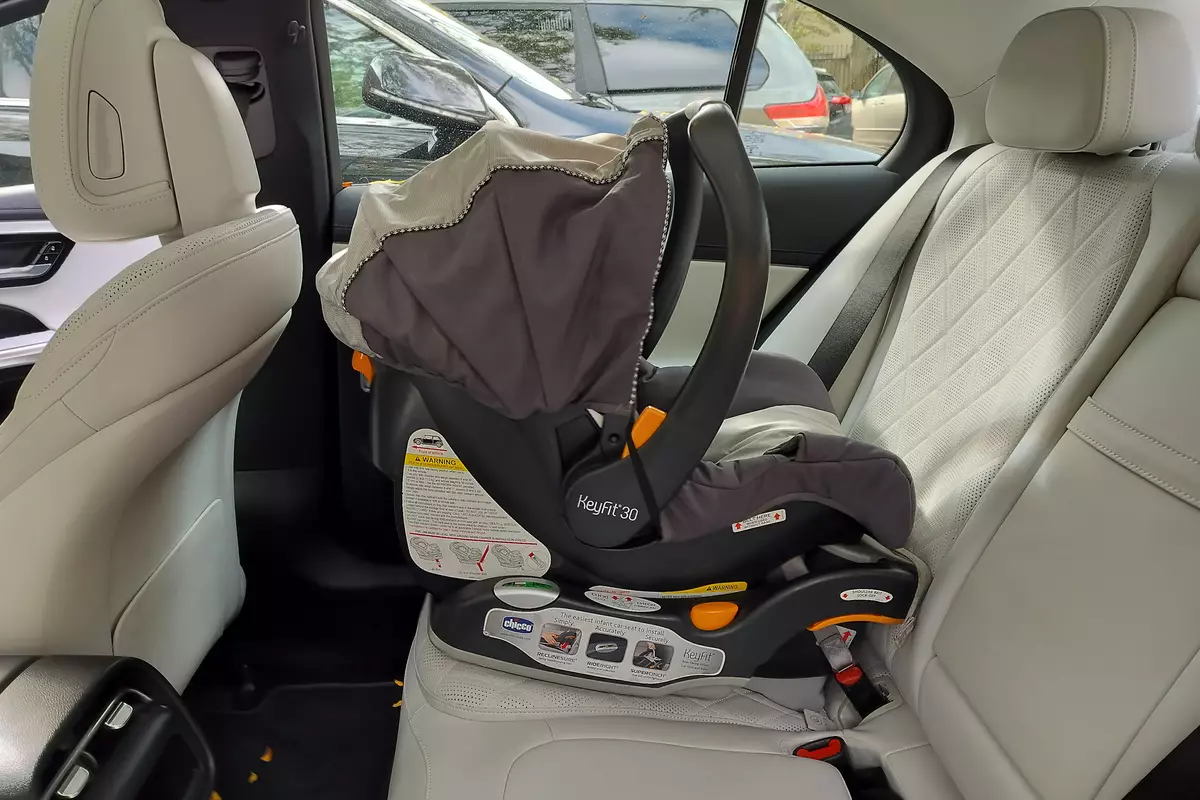The Morning Call and Mcall.com's view
Light trucks are popular and one of the most popular of all is the Ford Ranger, first introduced in the fall of 1982 as a 1983 model and just mellowing with age.
Trucks, either full-size or compact, are obviously not what they used to be. With popularity has come luxury and comfort. And light trucks are no longer almost exclusively a vehicle for the male.
Women (who already represent 42 percent of the new-car market and are expected to account for more than 50 percent of all new-car purchases by 1990) currently buy 15 percent of the new light trucks, a figure that is expected to grow to 20 percent in the next few years.
What this means is that both male and female can appreciate some of the reasons light trucks are the hottest growth segment of the U.S. automotive industry. Besides being rugged, trucks are also practical and can be used for work, play and/or everyday use. Also, a truck is an easy way to establish a new identity, whether one needs it or not.
The test vehicle, a very well-equipped Ranger 4X4 SuperCab pickup, at a little over $16,000, is right at the top-of-the-line for a compact truck. But for those who can afford it, or want to spend that much money on what many might consider a toy, it certainly is an interesting way to go. And not only go in pickup-chic style but, with its four-wheel-drive, go just about anywhere you want to.
Also, the SuperCab’s extended passenger compartment expands the use of the vehicle by allowing rear-seat passengers to be carried and provide a place for inside storage, which, to many, are two distinct disadvantages of a regular cab pickup. Extended cab pickups are more expensive than regular cab pickups, but then, what else is new?
The ’89 Ranger has had extensive styling changes, most notable being the more aerodynamic front-end. Although there is not really much that can be done to drastically change the look of a pickup truck, they, like cars, are being more carefully styled these days, which is another indication of how pickups are being bought as personal rather than work vehicles. The Ranger’s new look features flush headlamps with integral turn signals and parking lights, a wraparound front bumper, new front fenders and a new grille. Clean and mean.
A new feature, and certainly a very worthwhile addition, is a rear anti-lock brake system. Anti-lock brake systems (ABS) are being added to more and more cars each year, so it shouldn’t be surprising that pickups are getting into the act. Ford pioneered rear ABS on its 1987 F-Series pickup and on the Bronco and Bronco II utility vehicles. The use of rear ABS on a pickup truck is quite obvious to anyone familiar with this type of vehicle’s light rear end (when running unloaded), which has a tendency to slide to the side on hard braking.
As with many other systems, the Ranger’s ABS uses an electronic sensor, an on-board computer and special valves t o help the driver bring the vehicle to straight stops in hard braking situations by inhibiting complete rear-wheel lockup under most road conditions. The test vehicle stopped straight and true (what other way?) in a number of demanding and above-the-call-of-duty situations. ABS really doesn’t require much finesse to use to its fullest advantage: just stand on the brake pedal and let the system do the thinking.
Basic dimensions for the 4X4 SuperCab include a length of 192.7 inches, width of 66.8 inches, height of 68.2 inches, wheelbase of 125 inches, box width of 66.9 inches, box length of 72.2 inches and curb weight of 3,394 pounds. Notice, the vehicle is very tall (provides good road visibility), has a long wheelbase (for a smoother ride) and has a relatively small pickup box (but who is going to haul garbage or manure in a toy?).
The test vehicle had two bucket seats up front (the standard bench seat will hold three) and two fold-down facing jump seats in the rear. The jump seats aren’t exactly recliner lounges but are perfectly suitable for small children all of the time and adults for the short haul. With the jump seats folded, there is added room for luggage and cargo.
New this year for the interior is a ”foam-in-place” instrument panel with revised mechanical clusters, integral heater/air conditioning ducts, side window demisters and a large glove box. The interior has the look of a passenger car (and an upscale one at that).
Supplying the juice for the SuperCab is a 2.9-liter/178.9-cubic-inch V-6, which is interestingly enough the same engine used in Mercury’s German- manufactured Merkur Scorpio. The engine has overhead valves, a multi-port fuel-injection system and is rated at 140 horsepower at 4,600 rpm and 170 foot pounds torque at 2,600 rpm.
Together with the test vehicle’s five-speed manual transmission (a four- speed automatic is optional), performance was lively for all Lehigh Valley driving conditions. Pop that clutch from a standstill and those rear wheels will spin. Slip it into four-wheel high and, with a heavy foot and light head, even spin all four wheels. The transmission had a heavy clutch (as befitting a four-wheel-drive pickup) and was definitely not for beginners. On the other hand (actually, the same one used for shifting), the four-wheel-drive system is almost klutz-proof and can be shifted on the run.
Fuel mileage was decent, all things considered. The test vehicle averaged 14 miles per gallon for city driving and 21 mpg on the highway. As some sort of a bonus, unleaded regular can be used.
Standard engine for Rangers other than the SuperCab is a new ”Twin Plug” 2.3-liter/140-cubic-inch four-cylinder rated at 100 horsepower at 4,600 rpm and 133 foot pounds torque at 2,600 rpm.
As with many other pickups and four-by-fours, handling isn’t bad. The suspension features independent Twin-I-Beams up front (with lubed-for-life ball joints and adjustable camber/caster) and two-stage multi-leaf springs in the rear. For ’89, shock absorber valving has been revised for improved ride and handling, less noise, vibration and harshness.
Base price on the 4X4 SuperCab is $12,701. The bottom line on the test vehicle, including a delivery charge of $400, came to $16,277. Options included Preferred Equipment Package 854 (STX trim, P215-steel OWL all terrain tires, handling package, rear jump seats, cloth sport bucket seats, cargo cover limited slip rear axle and sport rider package), $1,845; sport appearance package (brush/grille guard, fog lamps, Rallye bar with off-road lamps and tubular rear bumper), $848; air conditioning, $671; upgraded AM/FM stereo with cassette and clock, $100; speed control/tilt steering wheel, $279; power window/door locks, $293, and sliding rear window, $78.
The vehicle is protected by a six-year/60,000-mile powertrain warranty and a six-year/100,000-mile cor rosion perforation warranty.
Latest news



